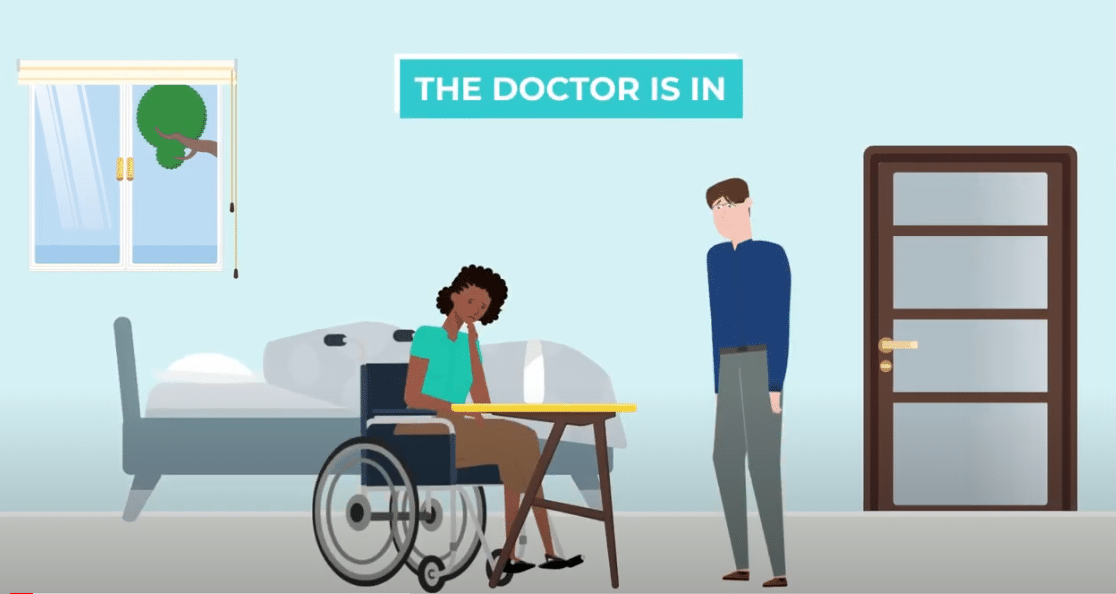Access to Doctors 24 hours a day!
Get instant access to doctors 24/7/365 via phone or video chat at your convenience from wherever you are (home, office, car, hotel room, etc.).
UNLIMITED VISITS - NO HIDDEN COSTS OR FEES!
$24.95 per Month for Individuals
$29.95 per Month for a Couple
$39.95 per Month for a Family
Employer & Group Discounted Rates Available
Already have an account?
Click Here to Log in
Have Question? Call us at (888) 676-0332 or send an email to mail@telemedicine.com

No more scheduling the appointment, traveling to the doctor’s office and then waiting in a contaminated waiting room to see a doctor. All your past appointment records are kept securely in your profile.

Primary Care Doctors
American Board Certified Physicians available 24/7/365. Our virtual visits can take place either on the phone or through secured video chat.

Mental & Behavioral Health
American licensed mental and behavioral health counselors and therapists available by phone 24/7/365.

Prescription Discount Card
Our members save up to 80% on prescriptions at most major retailers.

Completely Bilingual
Services available 24/7/365 in both English and Spanish.
Head to toe coverage...literally! See the conditions that we treat below that put us head and shoulders above other similar benefit offerings.
Primary Care Telemedicine
- Abdominal Pain/Cramps
- Abscess
- Acid Reflux
- Allergies
- Animal/Insect Bites
- Arthritis
- Asthma
- Backache
- Constipation
- Cough/Croup
- COVID-19
- Diarrhea
- Dizziness
- Eye Infection/Irritation
- Fever
- Flu
- Laryngitis
- Pink Eye
- Poison Ivy/Oak
- Rash/Skin Injury
- Respiratory Infection
- Sinusitis
Only $24.95/mo.
For Individuals
Only $29.95/mo.
For Couples
Only $39.95/mo.
For Families
About Us
Over the past two decades, Telemedicine.com has developed hundreds of Telemedicine programs worldwide including the Brazilian Amazon, China, India, Lebanon, Nigeria, South Africa, South Korea, and the United States. Due to a near-death experience from COVID, our CEO Daniel Kurywchak wanted to change our main service model to helping patients get access to care as it was our service that was key in saving his life. Watch a video on Dan’s experience here: https://youtu.be/AUEZwaiYv3A


